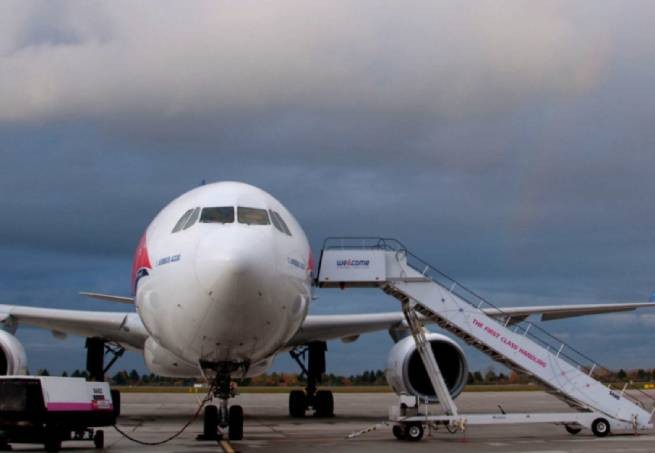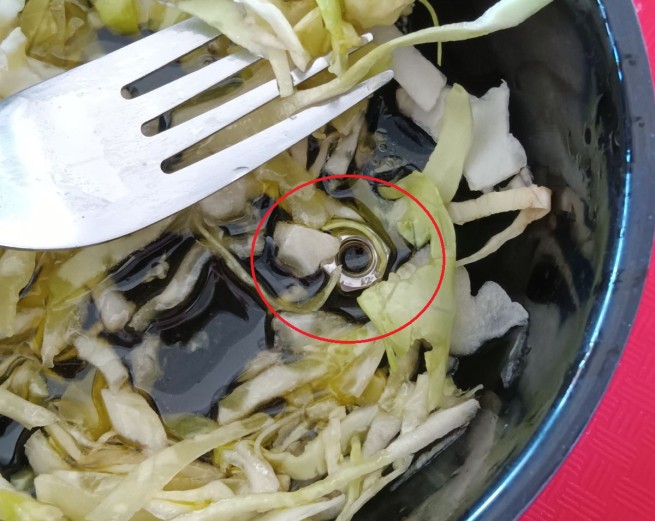The increase in food production at the same time has led to a sharp increase in food waste and loss of food. This leads to a paradoxical effect: 40% of all food goes to waste, while 10% of the world’s population goes hungry.
At the same time, food waste also contributes to climate change, which in turn increases the risk of “food insecurity”. Obviously, we are in a vicious circle. While a growing population needs more food, we cannot spend more resources on its production. Is there a solution to this problem?
Agricultural land covers 38% of the Earth’s territory (land, excluding the surface area of inland waters) – that is, about 5 billion hectares. Satisfying the nutritional needs of a growing and more food-demanding population requires a significant expansion of the cultivated area. This urgent need for us to produce more food is leading to growing practices that remove nutrients from the soil, fuel climate change and lead to biodiversity loss. In addition, there is a risk of deterioration in the ability of future generations to produce their own food.
However, there is a way to increase the amount of food produced without expanding farmland, growing more crops, or raising more animals. Every day, farmers, suppliers, processors, retailers and, ultimately, consumers throw away a huge amount of edible food. Can reducing losses and waste help feed the world?
While consumers are being urged to be responsible for the amount of food they buy and to use their surplus more efficiently, it is estimated that 1.2 billion tons of food is wasted each year before it reaches the retail market. Food is lost along the supply chain, from sowing to harvest, during processing and during transport.
The main causes of food losses in developing countries are the lack of appropriate technology and labor, financing, and transport and storage infrastructure. On the other hand, in advanced industrialized countries, market prices can incentivize waste: when they are too low, farmers may decide not to harvest all their produce, rejecting lower quality products that consumers would normally avoid buying. Overripe fruits, malformed vegetables, or poor quality produce often end up in landfills or simply remain in the field.
Reducing food loss and waste is a critical factor in eliminating food insecurity and addressing climate change. Solutions, however, are not always effective, so agricultural scientists need to develop innovative ideas for all current problems.
How to prevent losses
One way is to use robots to automate harvesting after varieties suitable for mechanical harvesting have previously been developed. But even advanced machines have problems picking ripe fruits. It is also desirable to make full use of agricultural by-products (eg grain straw, corn stalks, etc. for biofuel production).
By 2050, about 80% of all food will be consumed in cities. Urban population growth, combined with global trade networks, means that food chains have become complex and large, leading to even more losses and more waste. On average, 14% of food is wasted between harvest and distribution, with North America and Europe being more wasteful than Oceania, Latin America and the Caribbean. This may be partly due to the fact that developed countries consume more perishable foods such as fresh fruits, vegetables and meats compared to less developed countries that consume grains and dried foods. The relatively lower cost of food relative to income may contribute to more wasteful habits in developed countries.
“The vast majority of household waste that ends up in wastewater is a final food by-product that can be recycled to produce useful substances. But there is also domestic and commercial waste. “Food production and processing leads to all sorts of useful by-products,” Emma Chow, leader of the Ellen MacArthur Food Initiative, told the BBC.
Reuse of resources
Reusing resources can help reduce waste, but what if that idea goes down the drain?
Some farms emit large amounts of agrochemicals and organic matter. Agricultural runoff pollutes aquatic ecosystems, endangering not only habitats and wildlife, but also human health. Fertilizer pollution can also cause eutrophication with explosive growth of algae, resulting in dead zones for aquatic life.
Can agriculture be isolated and such a closed system recycle all its waste without leaving a footprint on the environment?
In recent years, there has been an increase in agricultural production in controlled environments such as greenhouses, warehouses, arched greenhouses using vertical growing systems, hydroponics and aeronautics.
According to the BBC






More Stories
Residents of 5 regions of Greece received "a storm warning"
Dolphins appeared in Thermaikos this morning
Most polluted countries in 2023: Greek regions with worst air quality